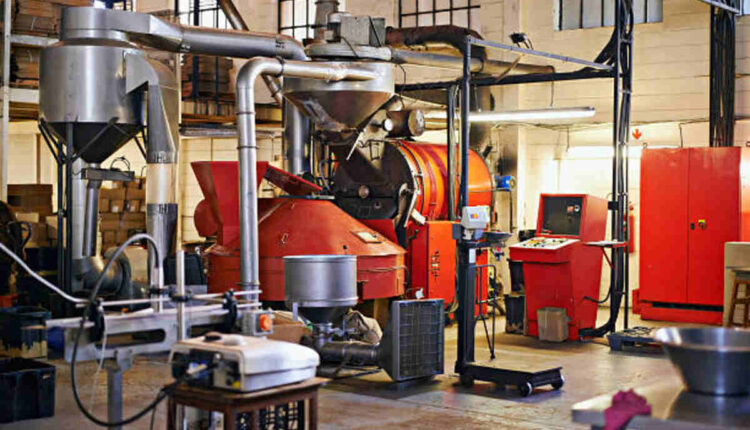Introduction:
In the quest for sustainable food production, the dal milling industry is embracing energy-efficient strategies and technologies to reduce environmental impact while enhancing productivity. By optimizing energy usage and minimizing waste, manufacturers can not only lower operational costs but also contribute to a healthier planet. In this blog, we delve into the importance of energy efficiency in dal milling and explore innovative strategies and technologies aimed at reducing the environmental footprint of dal mill machines.
The Imperative of Energy Efficiency:
Dal Milling is an energy-intensive process that involves cleaning, dehusking, splitting, and polishing pulses to produce high-quality dal. However, conventional milling practices often consume significant amounts of energy, contributing to greenhouse gas emissions and environmental degradation. In response to these challenges, the dal milling industry is increasingly prioritizing energy efficiency as a means to mitigate environmental impact and achieve sustainable growth.
Strategies for Energy Efficiency:
Optimal Equipment Selection:
1. Investing in energy-efficient dal mill machines is the first step towards improving energy efficiency in the milling process. Manufacturers can choose equipment with advanced features such as variable speed drives, high-efficiency motors, and automatic shut-off mechanisms to minimize energy consumption and optimize performance.
Process Optimization:
2. Streamlining the dal milling process can significantly reduce energy usage and improve overall efficiency. By implementing process optimization techniques such as heat recovery systems, material recycling, and batch processing, manufacturers can minimize energy waste and maximize resource utilization at every stage of production.
Renewable Energy Integration:
3. Harnessing renewable energy sources such as solar, wind, and biomass can further enhance the energy efficiency of dal milling operations. Manufacturers can install solar panels, wind turbines, or biomass boilers to generate clean energy onsite, reducing reliance on fossil fuels and lowering carbon emissions.
Energy Management Systems:
4. Deploying energy management systems (EMS) enables manufacturers to monitor, analyze, and optimize energy usage in real-time. By leveraging data-driven insights, manufacturers can identify areas of inefficiency, implement corrective measures, and track progress toward energy reduction goals.
Employee Training and Awareness:
5. Engaging employees in energy-saving initiatives through training and awareness programs can foster a culture of sustainability within the organization. By empowering employees to identify energy-saving opportunities and adopt best practices, manufacturers can achieve meaningful energy savings and drive continuous improvement in energy efficiency.
Technological Innovations:
Variable Frequency Drives (VFDs):
1.VFDs regulate the speed of electric motors based on the load demand, allowing manufacturers to optimize energy consumption and reduce power wastage during operation.
Energy-Efficient Lighting:
2. Switching to energy-efficient lighting solutions such as LED bulbs and fixtures can reduce electricity consumption and lower lighting-related costs in dal milling facilities.
Intelligent Sensors and Controls:
3. Smart sensors and control systems monitor equipment performance and adjust settings in real-time to optimize energy usage, reduce downtime, and improve overall efficiency.
Conclusion:
Energy efficiency is paramount in dal milling, not only for cost savings but also for environmental sustainability. By adopting strategies such as optimal equipment selection, process optimization, renewable energy integration, and employee engagement, manufacturers can minimize energy consumption, reduce environmental impact, and pave the way toward a more sustainable future for the dal milling industry. As technology continues to advance, the dal milling industry must seize the opportunity to embrace energy-efficient practices and lead the way toward a greener, more sustainable future.
The manufacturing of these machines was started by an entrepreneur who ran two travel startups named tratoli and cabexpresso.
Read also: Dear Meaning in Hindi

